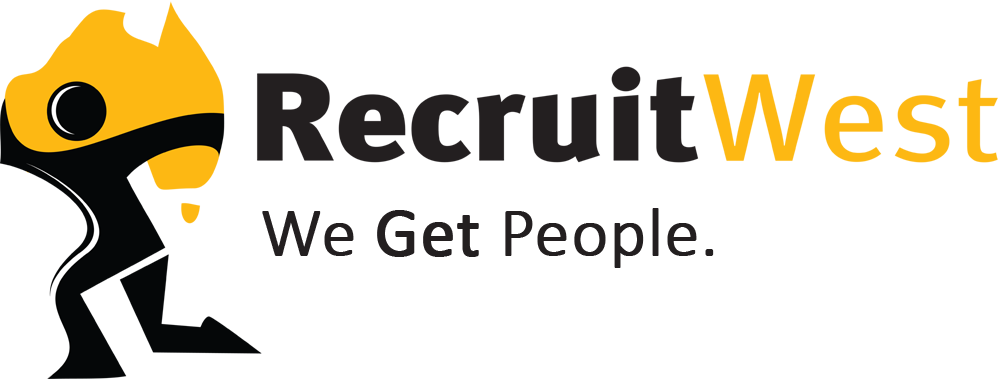What issues do you face?
Western Australian Companies face a unique set of pressures in the business environment today and the mining sector is not immune to these.
The fast pace of change is wide and varied. Companies have little control over the pace and can spend time and money investing in areas that are not core to their business function and offer little return on the investment. I refer to the most important function of any business and that is its people. In terms of resourcing, engaging and retaining good talent the tables have turned in the past few years. The challenges we face are now are how we resource, engage and retain a productive workforce.
In the following brief we will explore the challenges all companies face in the today's talent market,
The Challenges
Every day the average person is exposed to the equivalent of 174 newspapers (85 pages) worth of information in comparison to the equivalent of 40 in 1986. Employees are more connected on smart phones, social media and email having a major impact on how we engage each other in everyday life, particularly in the work environment. This generational change is impacting on the traditional methods of how you resource and manage your workforce and how you lead your company.
Adding to these pressures, the factors outside the control of any company present challenges. The changing nature of the technology, global competition, generational differences, aging workforce and competing resources will shape your future talent strategies and workforce planning. Internally core values, culture and behaviour drive the success at all levels of your business. The importance of aligning these in your talent strategy is critical to the success of resourcing, engaging and retaining your employees.
Financial pressure on companies is universal as we strive for profitability and shareholder value. In lean times we traditionally achieve results by reducing the largest overhead, workforce and non-essential services. The impacts are varied dependent on where the reduction is focused. On the positive we see cost efficiency and shareholder value improvements, on the negative we see reduced internal service capacity, increased stress resulting in low morale, engagement and retention. What would this look like if you could maintain the non-essential service whilst maintaining cost efficiency?
Talent Market
With the mining labour market moving from construction to operations we see an increase in the volume of talent supply in the market and companies competing from the same talent pool. For the first time in over 10 years Western Australia is seeing a draw on the labour force with more people leaving our state than there is arriving. The pressures of a finding a good skilled workforce remain. The questions all companies should be asking themselves are;
- What makes our company stand out from the crowd?
- Is our Employee brand strong?
- Is our HR/ Recruitment strategy aligned?
- Do we have the right recruitment processes and strategies in place?
- Is our HR/ Recruitment team keeping up with change?
- Is our HR team effective on delivery and cost?
The challenges ahead point towards maintaining a quality employee brand, managing an aging workforce, selecting and engaging the new generation of workers and dealing with the engagement of an existing workforce.
Current Status
The internal HR/Recruitment function is often challenged in economically difficult times. Usually one of the first non-essential services to be reduced. The problems with reducing the capacity of this core business function include;
- Loss of internal knowledge and IP
- Increased risk of HR/ IR issues
- Reduce agility to respond to HR/ IR/ Recruitment needs
- Reduced productivity as managers focus on HR/IR/ Recruitment and not on core business function
All these potential disruptions point towards increased cost and risk expose, and reduced productivity. A couple of key indicators worth considering to monitor the effectiveness of the HR/ Recruitment function include
- Employee Retention Rates
- Employee Net Promoter Score
- Proactive vs Reactive recruitment
Where an outsourced or hybrid recruitment function is engaged the traditional recruitment company is bound by its own unique set of pressures. The recruitment industry is faced with a raft of challenges including the low barrier of entry for business, increasing competition, technology impacts, candidate engagement methods, recruitment consultant commissions and KPI’s, lack of Industry knowledge leading to poor service and performance. It is important to screen the capability of outsourced recruitment options and the RCSA provides a great resource of questions to ask potential suitors. (Questions to ask a recruitment or on-hire firm prior to engagement of services in Australia)
New Horizons
The trend towards an outsourced HR and/or recruitment model is providing companies with flexibility, access to broader HR functions and cost savings. Outsourcing providers who align with companies in a consultative manner are delivering a suite of HR and recruitment services in a scalable format which are aligned to Company Strategy, Values and Behavior. In our next edition we will look at the options available to companies who outsource their HR or recruitment and challenge the industry norms.
Do you have the capacity to manage the changing complexities of compliance and manage your business risk?
By Brad Pense
Managing Director


